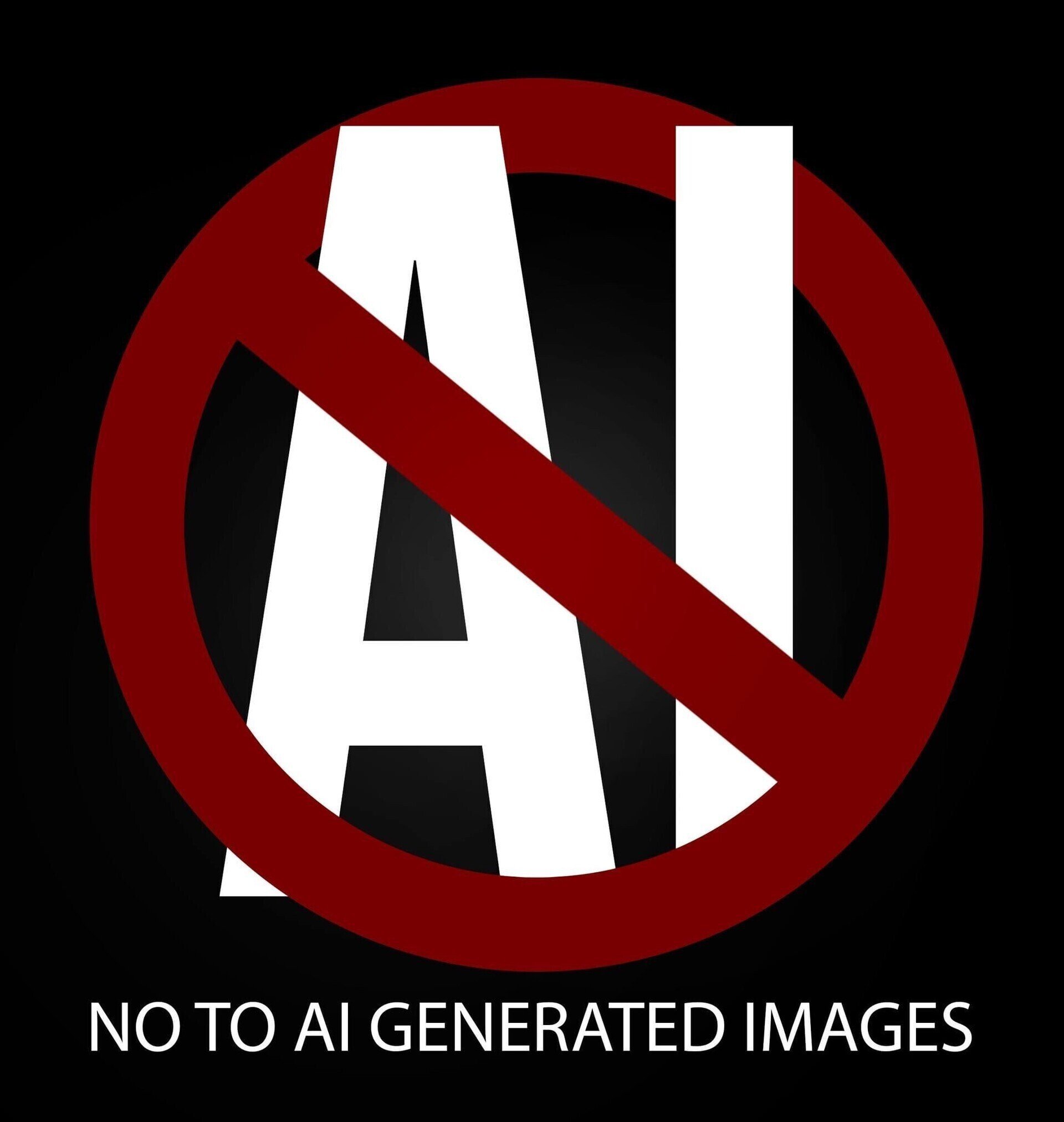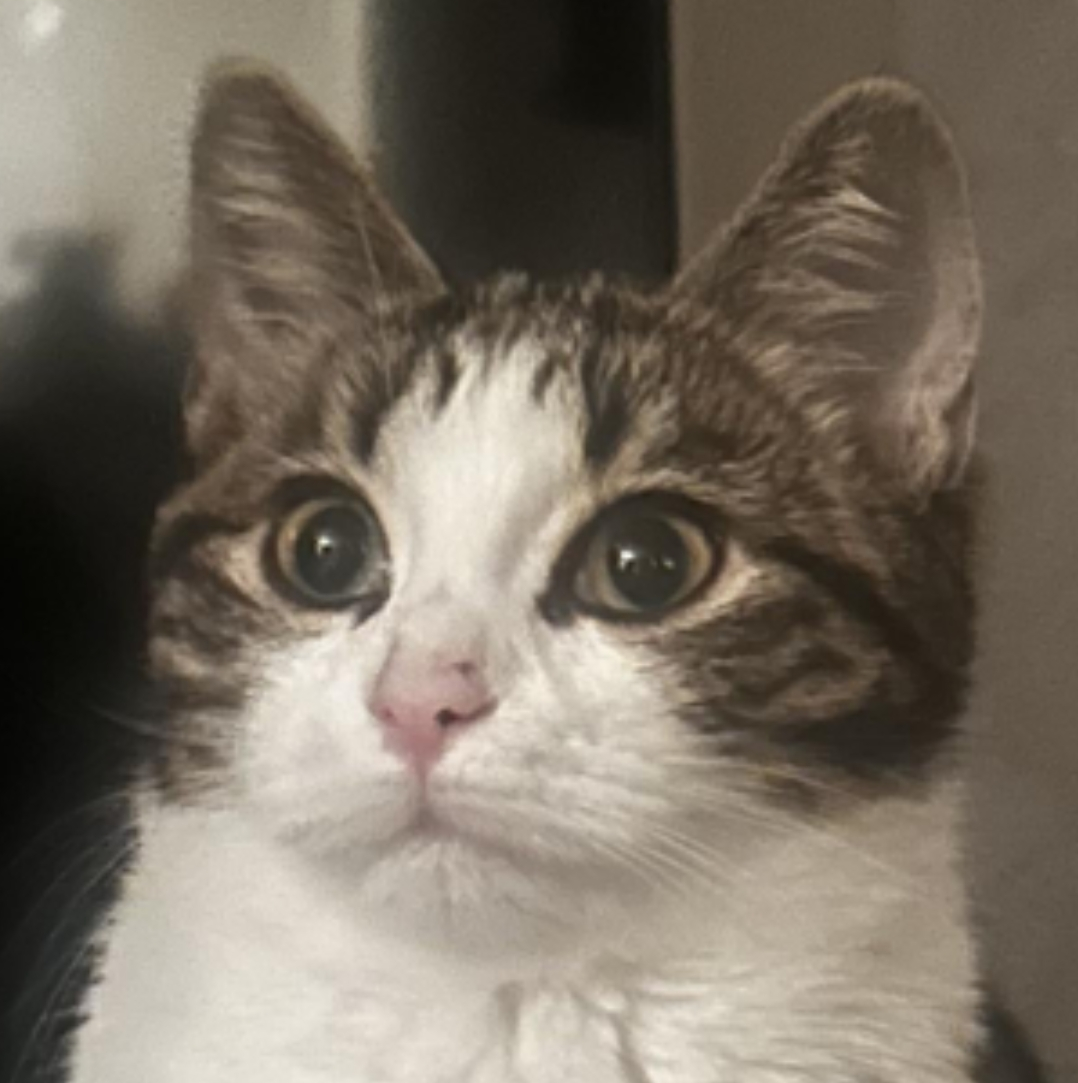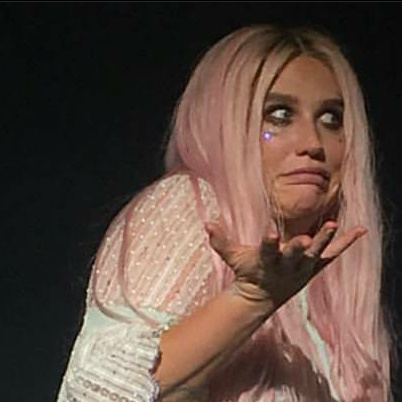(For the techbrodude shills: this is called “allegory”. Maybe you can ask ChatGPT to explain it to you.)
For the techbrodude shills: this is called “allegory”. Maybe you can ask ChatGPT to explain it to you.)
This made me deeply sad that so many people are not literate enough to follow metaphor and allegory.
Most people are not literate enough to reply to an email with more than one question in it.
You have to put each question as a separate item on a numbered list. But no more than three.
Illiterate, or maybe autistic and prone to reading things literally until someone mentions that it’s an allegory at which point it all snaps into place and makes sense.
A really good piece.
The author is on Fedi, so for anyone who’d like to directly share it that way here is the link.
My link is blue.
I feel like this is an allegory for something important, but I’m too dumb to suss it out.
The last lines two blue letters tell you what it’s about, it’s about AI being inlcluded in everything
Pay attention to the words that are bolded and highlighted.
Or the tags at the end of the piece.
Or the Lemmy community into which this post was posted.
I already said I’m dumb, damn.
Nah, you’re good! It happens to us all. 👉😎👉
Speak for yourself! It never happens to me here on c/Enough Musk Spam!
extremely nitpicky gripe, but making leaves and flowers blue using food colouring was something I actually did, in kindergarten, so the line about “not being able to make the leaves blue” threw me off. it’s a hell of a lot easier than making meat blue. plus, plants were traditionally a source of blue dye.
also, House of Leaves, anyone?
I don’t think this is really a very good allegory. The author has written 835 words and only managed to express that:
- blue food tastes kind of weird
- they’re putting it in everything
- they’re putting up the prices of blue food
- you can’t get normal food even if you want it
It’s not surprising to me that some people didn’t get that it was about AI.
The allegory would work better if:
- production of blue food colouring took so much energy that they were bringing coal power plants back online and exacerbating climate change
- in order to design the blue food colouring, they had to steal every person’s recipe books without permission and regardless of how private that information might be to the owner
- the blue food colouring could spontaneously make a food taste almost like someone’s personal family recipe without their permission
- foods containing the blue food colouring completely lack any expected nutritional content, and when a blue food does contain nutrition it’s just a random accident of the process
- scientific studies of people eating exclusively blue foods show that not only are they malnourished, but their body can no longer process normal foods as efficiently as before.
To make these points, I think the metaphor needs to be something a little bit more complex than “blue food colouring.” Perhaps food made by a food replicator would make for a better example.
This may seem weird, but I’m weird, so here goes. I rewrote the article with your suggestions as I felt the exact same thing you did about the lack of substantive arguments in it. And no, I didn’t use AI. Apologies in advance for Lemmy fucking up the formatting.
I ordered a burger last Tuesday, and it was blue.
“Why is my burger blue?” I asked, innocently.
“Oh! We’re making all of our food blue, all the best restaurants are doing it now.” the waiter explained.
But I didn’t want my burger to be blue. I like my burgers to be the same reliable dark brown colour cooked meats are supposed to be. I’d read in the news recently that there’s a lot of innovations being made in blue food colouring, and the taste is nearly undetectable. I knew the food colouring was there, and if you’d asked, I’d say there definitely was a hint of unpleasantness, but we’ve all had bad burgers before, and I just assumed the chef was having an off day.
Sometimes humans make mistakes like that.
A week later, I poured myself a glass of milk from a carton I had just opened. The milk was blue.
I called up the milk company.
“Oh! Of course, we make blue milk now. It doesn’t affect the price in any way, but now the milk is blue.”
I tried it and it tasted wrong. I poured it down the sink.
My friend called me crazy. He said that I just have to get used to food being blue now. Everyone likes blue food better, or, at least, it’s not really any worse than the non-blue food if you don’t think about it too much. The blue is free, so why would I complain?
“I just think it tastes weird.” I explained, fruitlessly.
“I can’t tell the difference, and most people say it’s just fine for food to be blue.”
But I didn’t want my food to be blue. Was that so hard to understand? Even if they made the food colouring completely tasteless, I still didn’t want it to be blue.
In investor calls, the massive company making the blue food colouring had disclosed that in order to design it, they had to steal every recipe book both private and published. It’s okay though, they say copyright doesn’t apply to them; they have the money to make sure it doesn’t.
If added to food (and especially when added to specialty food), the blue food colouring could spontaneously make a food taste almost like someone’s personal family recipe without their permission. Well, the family recipe mixed with blue, anyway.
It’s been a year now.
A year of food gradually turning more blue. The price of my (blue) milk went up. They blamed it on inflation and innovations they’ve made in milk jug technology. The blue milk now comes in a very fancy new (and very blue) package.
The company that made blue food colouring had made it almost completely flavorless, and once all the food distributors got used to including it, the price of it skyrocketed. Rival blue food colouring companies had come up, and some existing food additive businesses had shifted their focus almost entirely to producing blue food colouring. It is a shame, honestly. I quite enjoyed other flavors, but nobody bothers to make them anymore.
Once blue food waste occurs and things are washed down the drain or composed, it gets into the water supply and starts feeding back on itself, making food taste worse and worse.
The companies manufacturing it also let slip that production of blue food colouring takes so much energy that they were bringing coal power plants back online and polluting hundreds of times more than previously. But at least it was easier to make something taste blue! Now things that previously tasted abysmal just tasted bad to mediocre instead! I complain to my friend about this, he nods in agreement and serves me a plate of blue pasta while handing me a bottle of Anti-Blue made as a byproduct of blue food colouring. If you add it to your food, it’s supposed to cancel out the blue. It sometimes works and the blue is less obvious, but the food still always looks and tastes wrong.
Two years in, and I broke.
“Why the heck is my salad blue?” I had been looking forward to this salad. In last year, I had become a picky eater. I was sick of eating blue burgers and making blue chicken sandwiches. At least they couldn’t make the leaves blue.
“Please don’t speak to me like that, sir. I just serve the food.” They had a point.
“I’m sorry. But do you serve anything that isn’t blue?” I asked, meekly. I was embarrassed at myself. I try to be polite to staff. They’re paid less than minimum wage most of the time. They didn’t deserve to be the focus of my ire.
They pointed me to the disclaimer in the corner of the menu.
“We are a blue-first company!” It helpfully explained.
“All our food contains some amount of blue food colouring, but you can ask the chef in the back to remove it if you’d like”.
I asked. The chef looked annoyed.
It’s now the third year of Blue Food.
I stopped eating out. I’ve started making my own food at home. It’s a lot more effort, and it’s not always as tasty as something made by a professional chef, but at least it’s not blue. They say there’s no way to tell now. You could just close your eyes and you’d not even know! But I know. I can tell. It doesn’t look or taste right. I don’t know how anyone can’t tell.
There have been studies reporting that foods containing the blue food colouring completely lack any expected nutritional content, and when a blue food does contain nutrition it’s just a random accident of the process. We’ve also have other studies stating that people eating exclusively blue foods are not only malnourished, but that their body can no longer process normal foods as efficiently as before.
I rant about it to friends. They nod politely.
One day a friend offered to make me some “normal” food. It seemed fine, tasted okay. Only slightly off. I chalked that up to technique.
Until they revealed that they’d secretly put blue food colouring in it. I’m such a fool, see! Where’s the problem? Sure, there’s ethical, mental, and environmental concerns with blue food colouring, but one bite of a secretly blue apple isn’t burning down the forests, so why even bring it up?
They’re not a friend anymore.
So now we’re in our third year of blue food colouring. It’s in the water now. I can’t avoid it. I can’t even shower now, as blue food colouring comes out of the taps. I make my own food but “advancements” in knives mean that even my homemade food is a little bit blue. Why do knives need to make things blue? So companies can say that their investment in blue wasn’t wasted and every time you cut something with a knife, it counts as an interaction with blue.
Therefore you want blue (they tell us). We all do (they insist). Why else would we use it?
And me? It’s become my full-time job to avoid blue wherever I can and I’ve resigned to the fact I cannot escape it.
And I still don’t like the taste.
An argument doesn’t have to be all-encompassing to be effective. This is arguing against the enshittification caused by and unavoidability of AI for the average end user. It doesn’t have to list everything wrong with AI for that to be valid.
In this case, it’s just preaching to the choir. The purpose of an allegory is usually to present a convincing argument to people who are as yet unconvinced, by presenting the argument from a different point of view that they haven’t considered.
food made by a food replicator
Did you mean: something that is outside of the possibilities of modern technology and is thus far enough from reality to be easily dismissed as irrelevant and not relatable?
Edit: not to mention, food colouring has no purpose (other than ooh shiny), whereas food replicators would solve SO MANY PROBLEMS.
I don’t think this is really a very good allegory.
Thank you for sharing your opinion.
The allegory would work better if:
- the author made points they were emphatically not trying to make, since this was a piece about consent, not about the specifics about the technology.
No really. Thank you for sharing your opinion.
nobody cares bro







